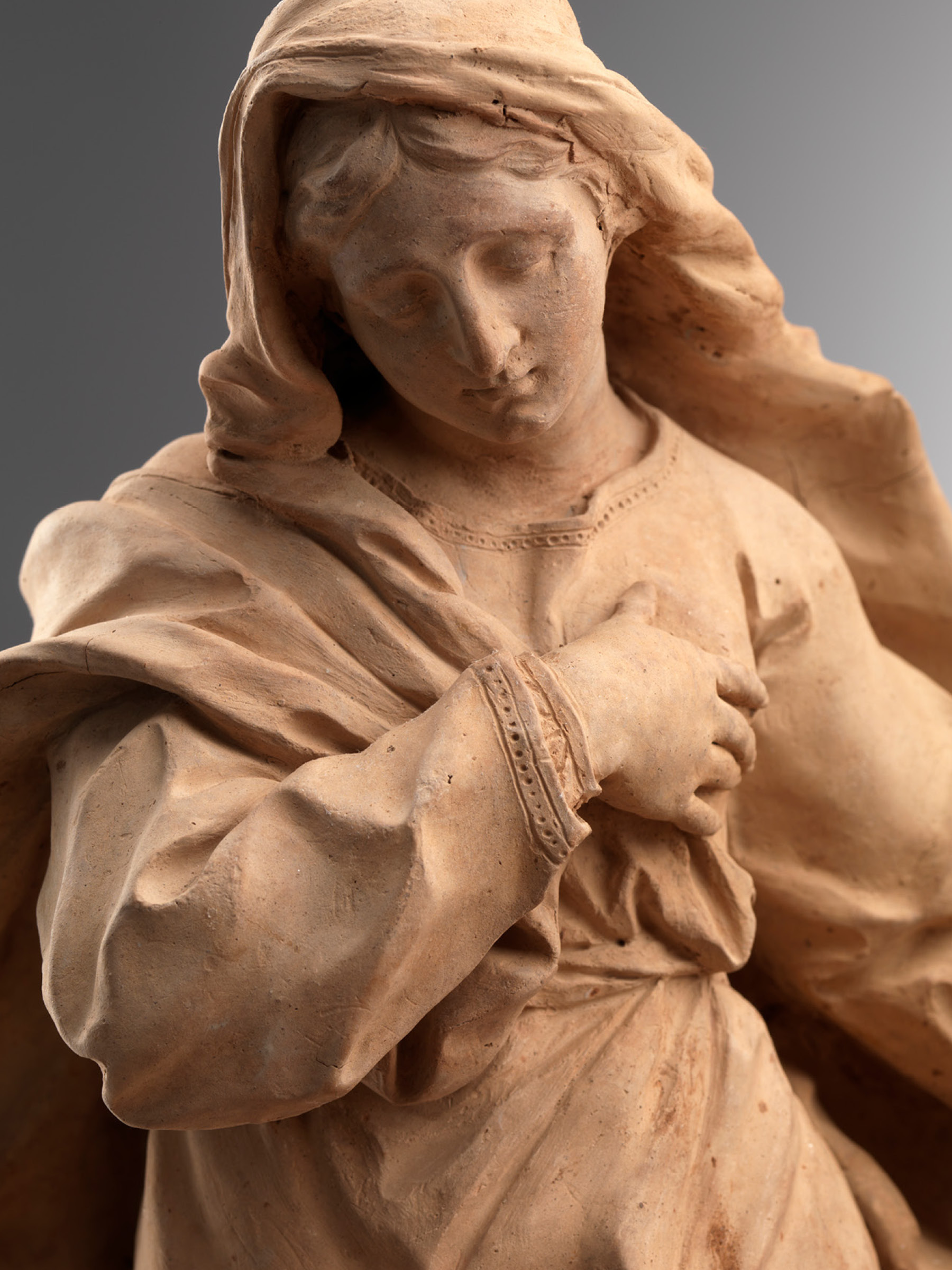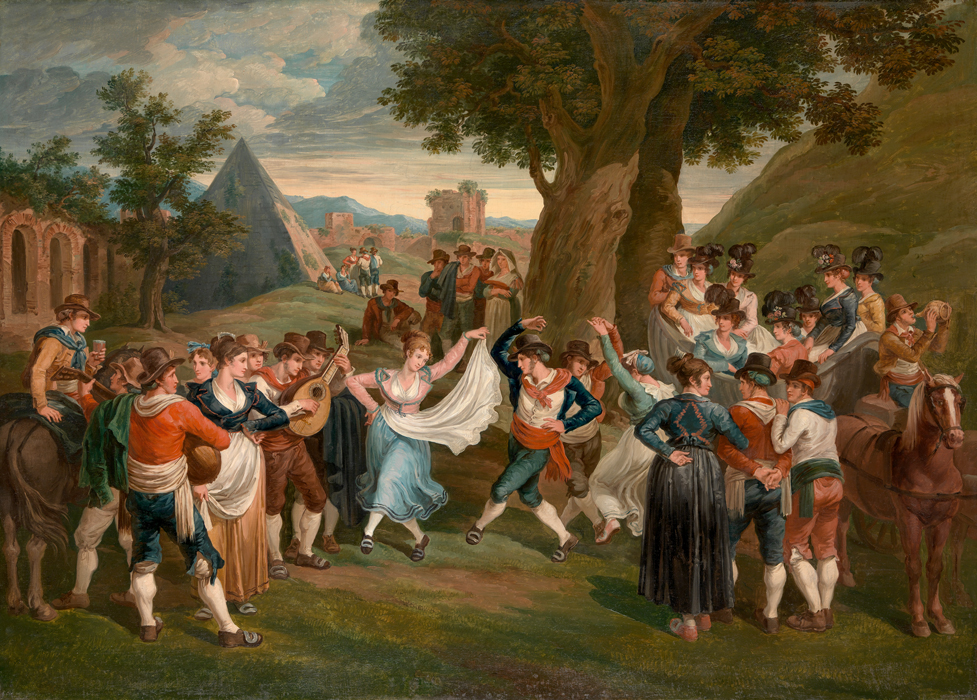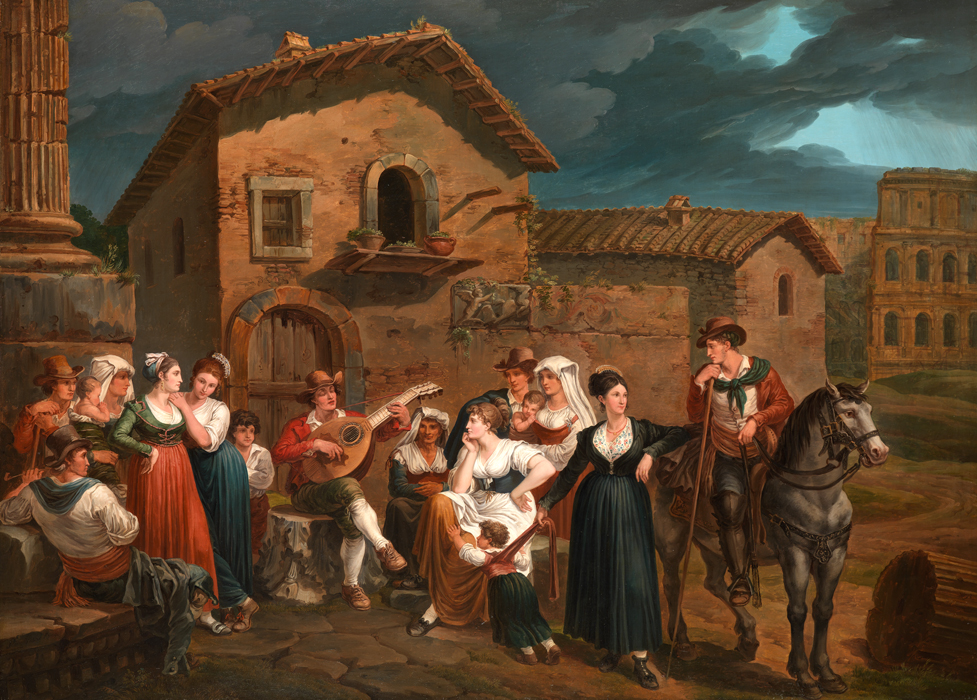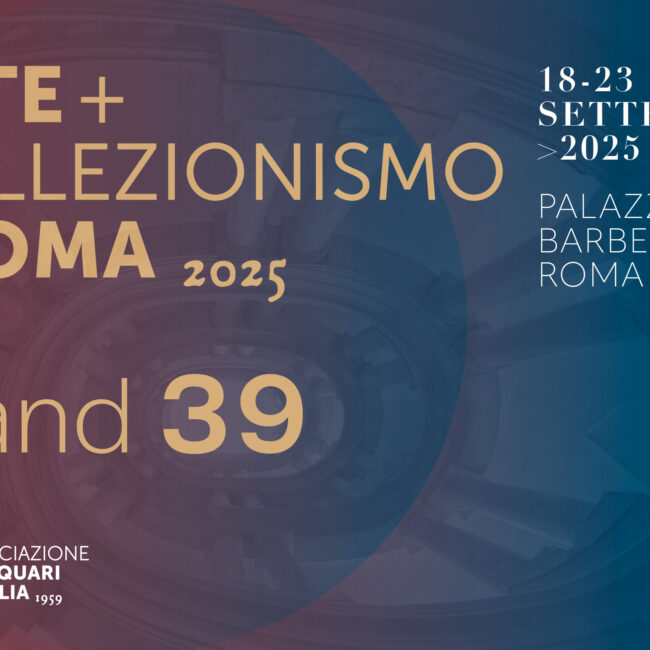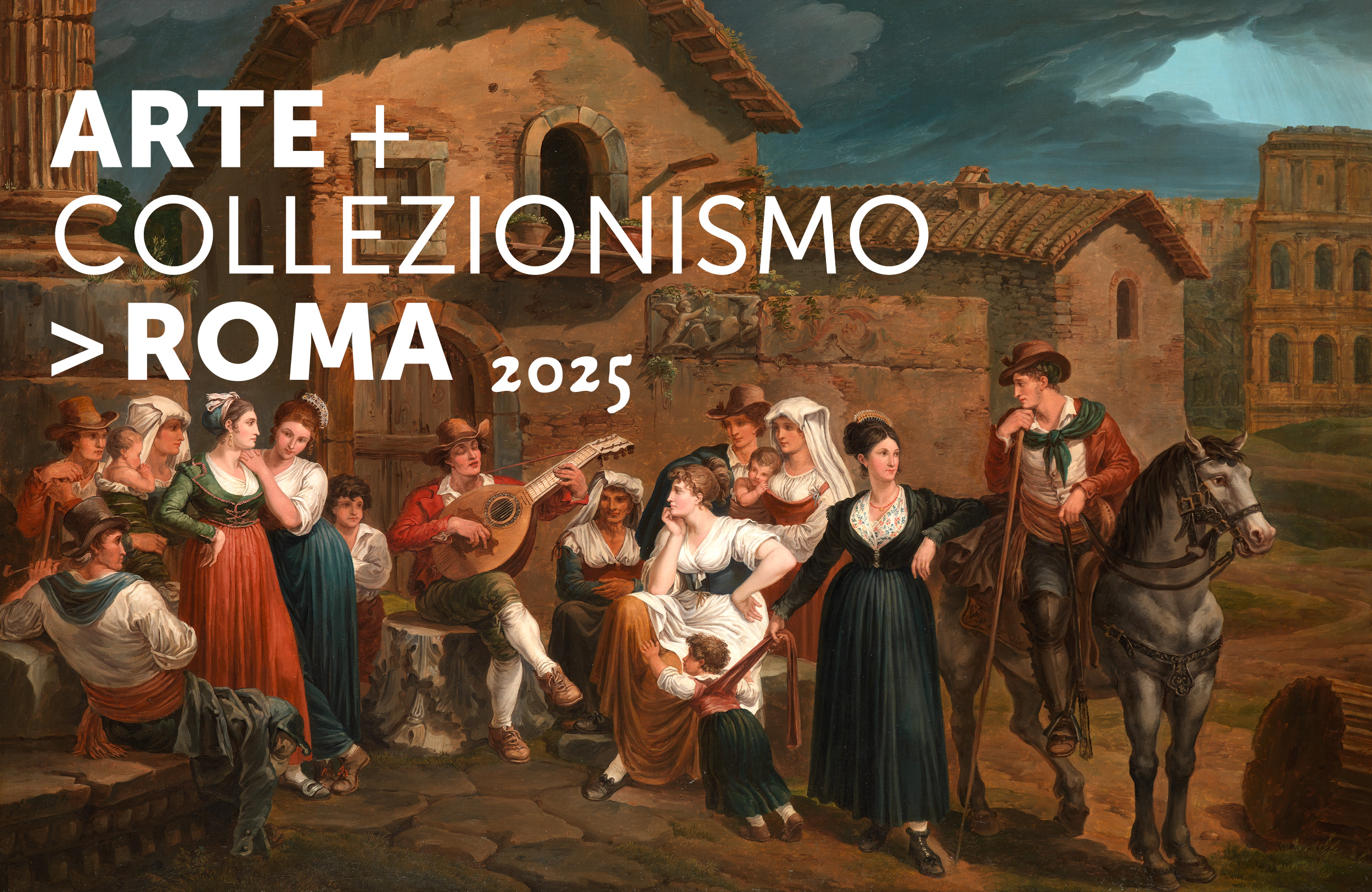
Rome. Images from the Eternal City
Arte e Collezionismo a Roma
18–23 September 2025 | Palazzo Barberini, Rome
On the occasion of Arte e Collezionismo a Roma, galleria Walter Padovani presents a fascinating journey through 17th to 19th century Rome, showcasing a curated selection of sculptures and paintings that capture the city’s spiritual depth, creative energy, and everyday life. These works embody the artistic pulse of the Eternal City and reflect the visual culture that shaped its enduring legacy.
The exhibition opens with a poignant terracotta Risen Christ by Alessandro Algardi (1598–1654), one of the leading sculptors of the seventeenth century. A contemporary and rival of Bernini, Algardi stood apart with his restrained classicism—resisting the dominant Baroque taste for theatricality. The sculpture, intense in its spiritual focus, draws on ancient models and reflects the artist’s deep knowledge in classical restoration.
Next is a rare Nativity by Bernardino Cametti (1669–1736), a striking example of his work in terracotta. The semicircular composition gathers the traditional figures protectively around the Christ Child, creating a sense of shared reverence. The piece also boasts an illustrious provenance: originally belonging to the Forti family—descendants of Gian Lorenzo Bernini—it later became part of the prestigious collection of Prince Camillo Massimo.
The Baptism of Christ by Pietro Bracci (1700–1773) is a preparatory model for one of the marble reliefs on the façade of San Giovanni dei Fiorentini. Still pulsating with the artist’s intent, the terracotta model reveals the underlying complexity of a composition that appears deceptively simple while illustrating Bracci’s skill in achieving sculptural balance in large-scale works.
Bringing the journey to a close are two large oil paintings by Bartolomeo Pinelli (1781–1835), an eccentric artist and poetic observer of popular Roman life. The Saltarello in Testaccio and The Folk Improviser at Campo Vaccino—originally paired with Mossa dei Barberi and Saltarello notturno a Piazza Barberini, now at Museo di Roma—offer emblematic depictions of urban folklore unfolding amid the ruins of ancient Rome. In these scenes, everyday heroism intertwines with echoes of classical antiquity, giving form to a proud, defiant Roman identity of which Pinelli stands as its passionate narrator.
A story woven from history and identity, moving across centuries of art—between sacred and profane, aristocratic and popular—revealing the deep soul of Rome in all its enduring visual splendour.

